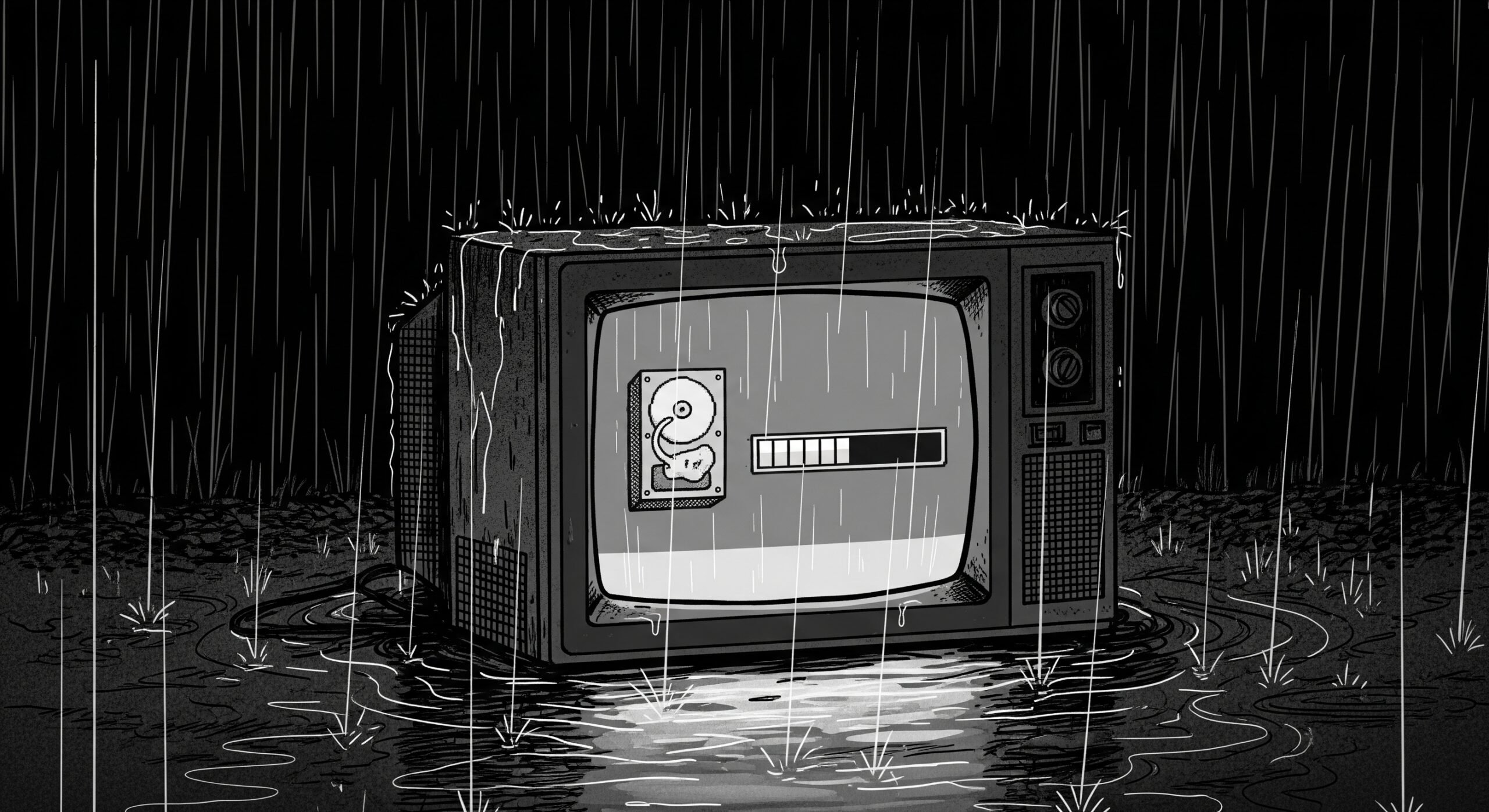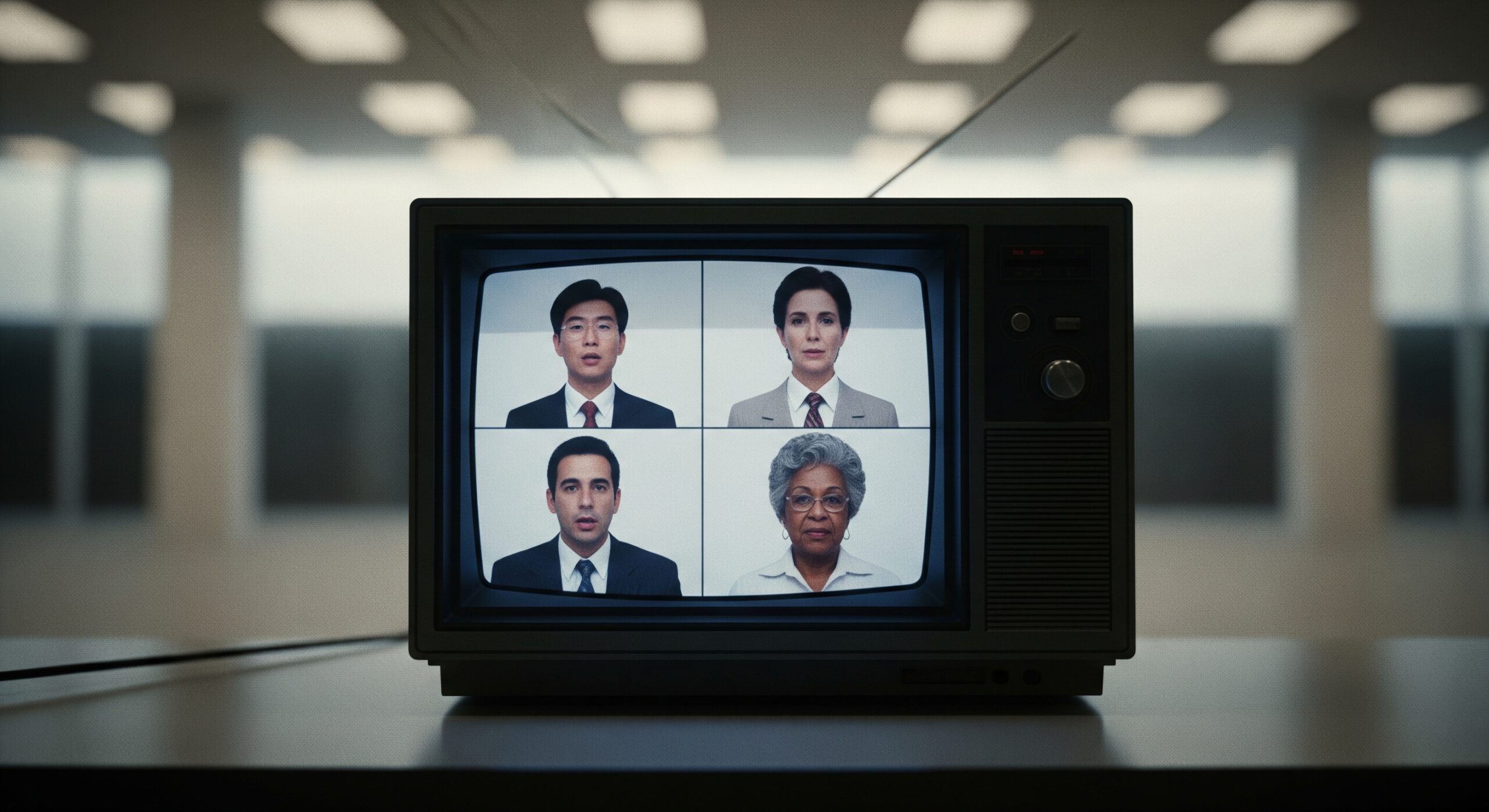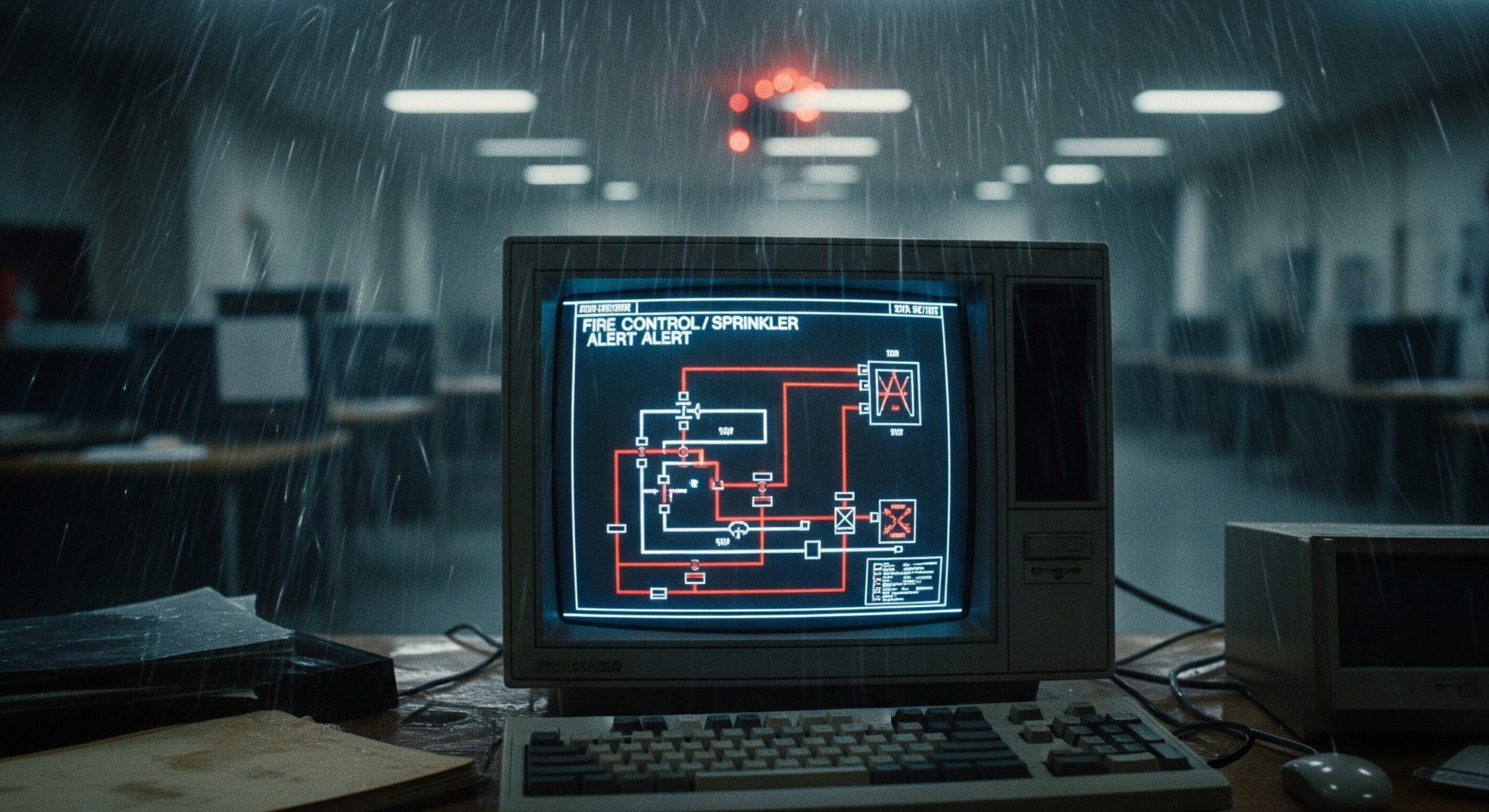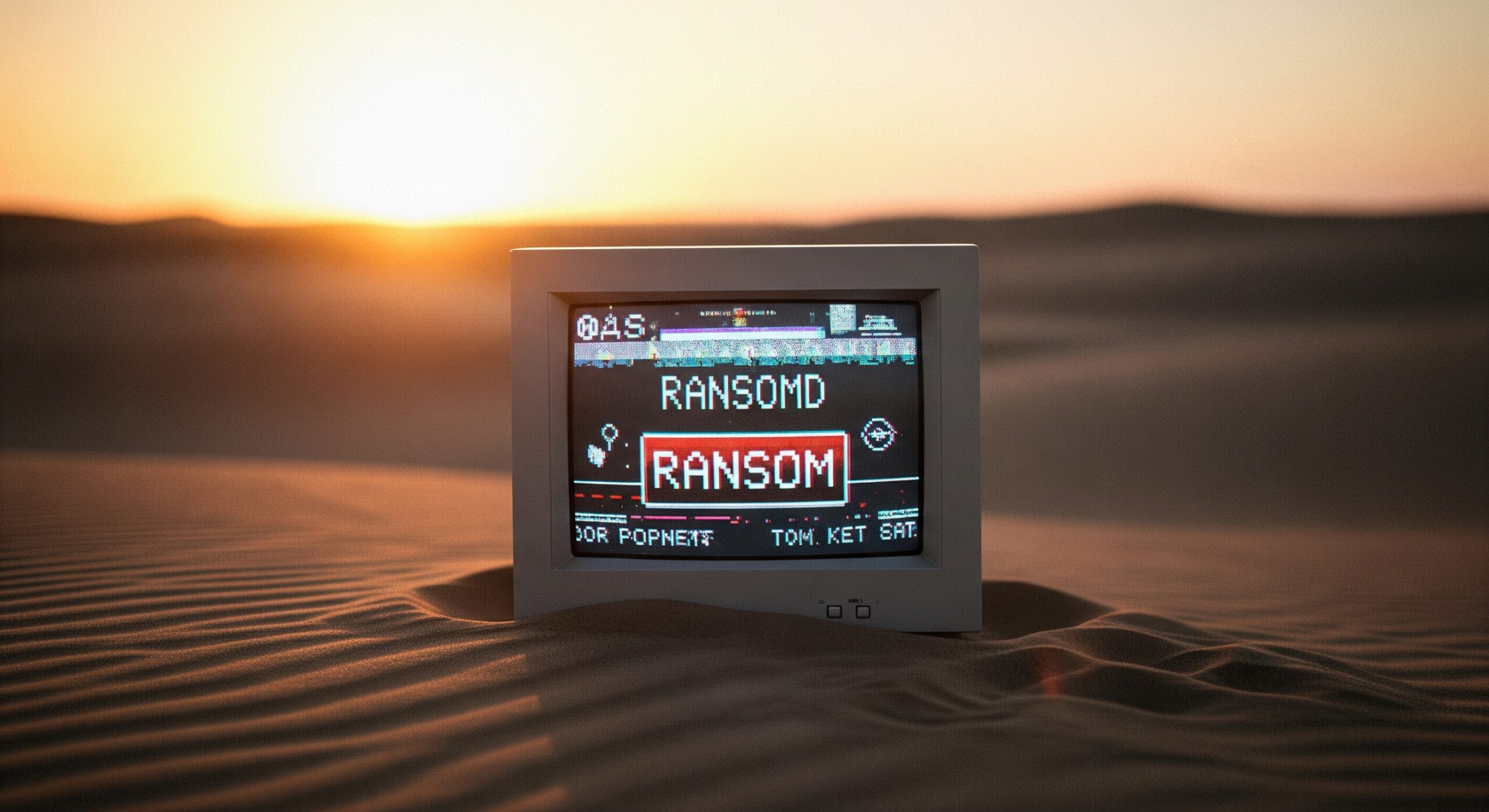Enterprise-Grade Expectations
The automated scan results were insulting in their simplicity. No elegant exploits required, no creative social engineering, no digital jujitsu. Just… point, click, admin.
“This has to be a honeypot,” Zero muttered, staring at the login screen from the coffee shop across the street. “Nobody actually uses ‘admin’ and ‘password123’ on a production system protecting client data for hospitals and nonprofits. That’s like leaving your house key under a doormat labeled ‘SPARE KEY HERE’ with neon arrows pointing to it.”
Coffee shop across from TechCorp
Zero typed the credentials with the reluctance of someone defusing a bomb that might actually be a children’s toy.
Username: admin
Password: password123
The system cheerfully welcomed them in. Of course it did.
Zero found themselves staring at TechCorp’s complete client database, financial records, and what appeared to be their “Cybersecurity Excellence” proposal template. The same proposal that promised “military-grade encryption and zero-trust architecture” to organizations that included a children’s hospital and three clean water nonprofits.
Their coffee cup stopped halfway to their mouth. A family at the next table was quietly celebrating their daughter’s acceptance to nursing school. Outside, someone was walking a therapy dog with a “Service Animal” vest.
“You’ve got to be kidding me,” Zero whispered, then louder: “You’ve got to be kidding me!” The coffee shop’s ambient chatter couldn’t drown out the sound of their laptop fan spinning faster, as if the machine itself was stressed by the corporate incompetence it was witnessing.
Their phone buzzed. Handler: “Status update?”
Zero typed back: “Target achieved. Problem: no target required. Existential crisis in progress.”
“Bill by the hour. Easy money.”
That was the problem. Zero had built their reputation on elegant exploits, on making corporate security systems dance to their tune. This was like showing up to a chess tournament and discovering your opponent had eaten all the pieces.
But something about those client names—Children’s Hospital Network, Clean Water Foundation—wouldn’t let them walk away from this particular disaster.
When Incompetence Becomes Homicide
Zero dove deeper into TechCorp’s digital disaster, hoping to find some hidden competence, some sign that this was an elaborate test. Instead, they found WordPress 4.9 running critical infrastructure with nineteen security plugins configured so badly they were fighting each other.
“Wordfence is blocking Sucuri, which is blocking Solid Security, which is blocking the actual login system,” Zero said to the empty coffee shop. “It’s like watching three security guards tackle each other while the bank gets robbed.”
The client list made their stomach drop. Children’s Hospital Network. Clean Water Foundation. Emergency Food Distribution. Real organizations that real people depended on, all trusting their lives to TechCorp’s “military-grade” security—which appeared to be held together with digital duct tape and prayer.
Zero’s expertise had always been digital vandalism—elegant chaos that embarrassed corporations without really hurting anyone. But this wasn’t about corporate embarrassment anymore. This was about children’s medical records protected by “admin123.”
“This is not my problem,” they told their reflection in the screen. Then they opened a new terminal window and started typing anyway.
Two hours later
Four cups of coffee later, Zero realized they’d crossed some invisible line between digital mischief and actual responsibility.
Accidentally Heroic Tendencies
Instead of their usual digital graffiti—replacing homepages with security memes or changing all passwords to “YouveBeenPwned”—Zero found themselves writing an actual security report. With bullet points. And actionable recommendations.
“Jesus, I’m becoming corporate,” they muttered, typing:
Anonymous Security Assessment: Your WordPress Install is a Crime Against Humanity
1. Change default passwords (“password123” is not a password, it’s a cry for help)
2. Update WordPress core (4.9 came out in 2017, which is roughly the Paleolithic era in internet time)
3. Pick ONE security plugin and configure it properly (nineteen plugins fighting each other is not defense-in-depth, it’s digital thunderdome held together with duct tape and wishful thinking)
4. Stop storing medical records in wp_options (that table is for site settings, not life-or-death data)
5. Enable 2FA before someone gets hurt
Zero uploaded the report to TechCorp’s publicly accessible documents folder—because of course their document security was as robust as everything else.
Zero’s phone buzzed as they packed up. Unknown number: “Interesting. Not your usual style.”
Their blood chilled. They scanned the coffee shop, checking exits. “Who is this?”
“Someone who noticed you helped instead of hurt this time. Character development is fascinating.”
“Law enforcement gets a lawyer. Corporate security gets a better challenge. Script kiddies get hobbies. Which are you?”
“None of the above. Just someone who appreciates when digital anarchists accidentally develop ethics. The children’s hospital thanks you.”
Zero stared at the screen. Someone had been watching. Someone who knew their methods, their history, their sudden inconvenient attack of conscience. “Who—”
But the number was already dead.
Zero pulled up their hood and walked into the rain, wondering when they’d developed something that looked suspiciously like a conscience, and whether it was covered under their professional liability insurance.
Across the street
Through rain-streaked windows, a figure in a dark coat closed their laptop and allowed themselves a small smile. The real work was just beginning.









